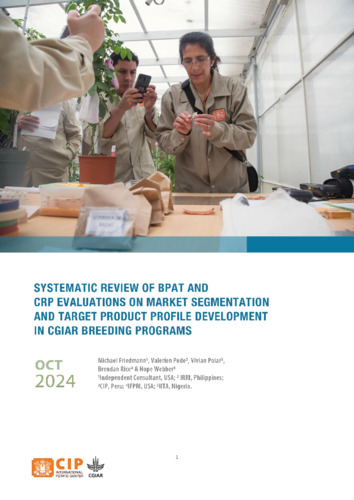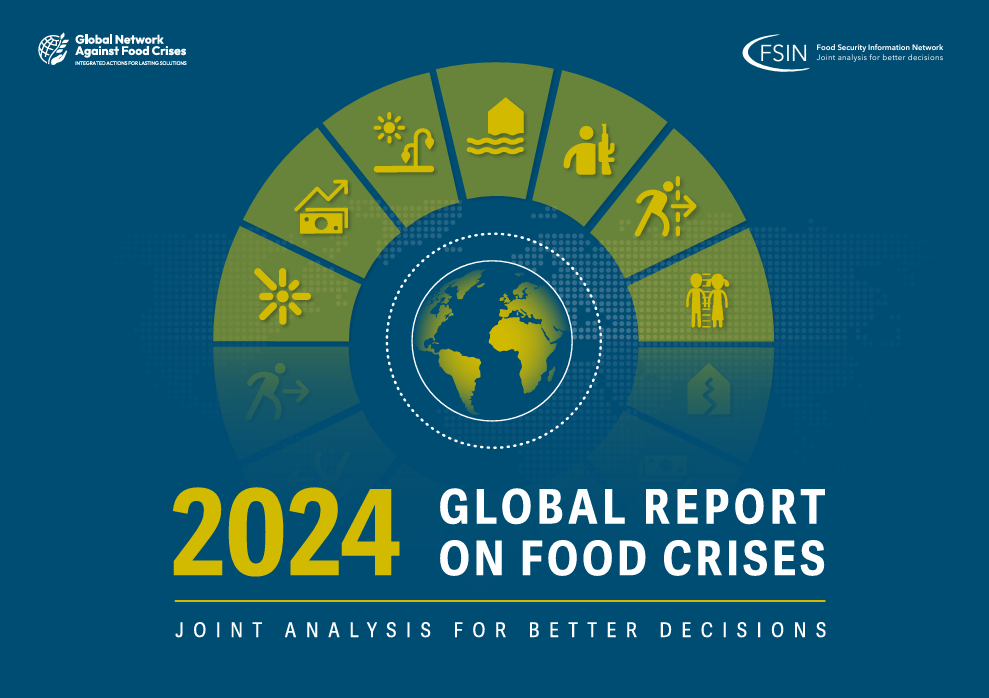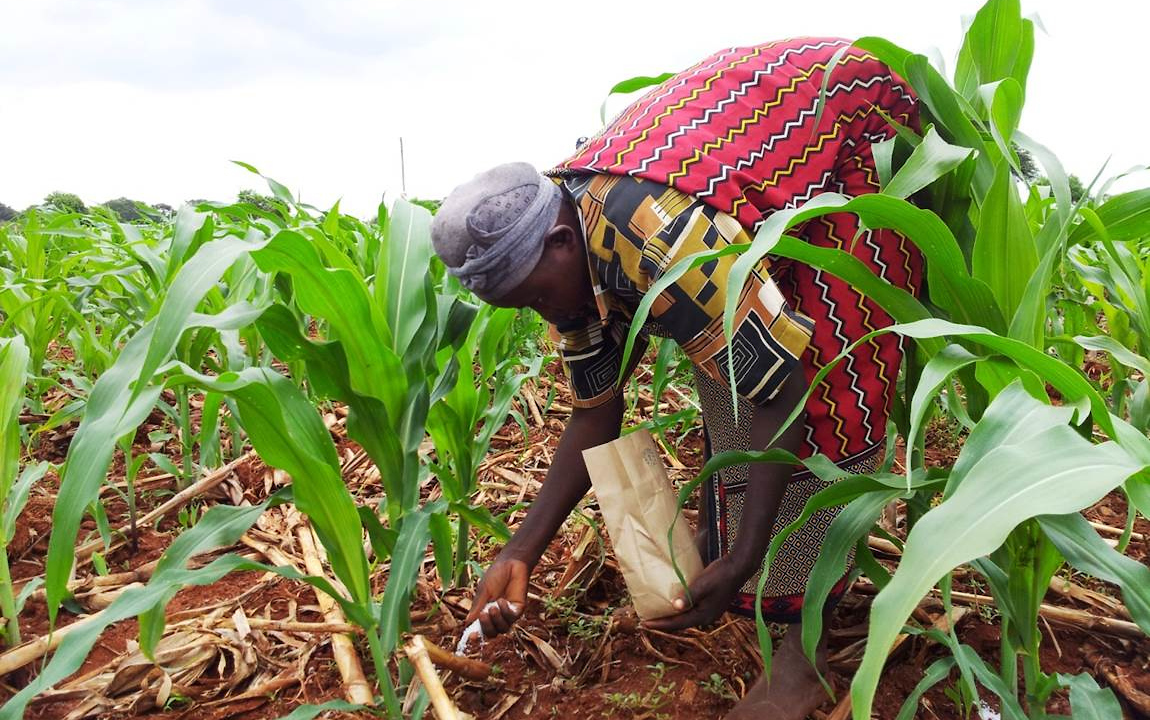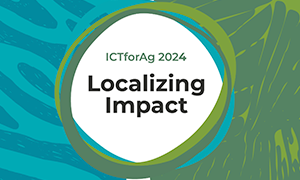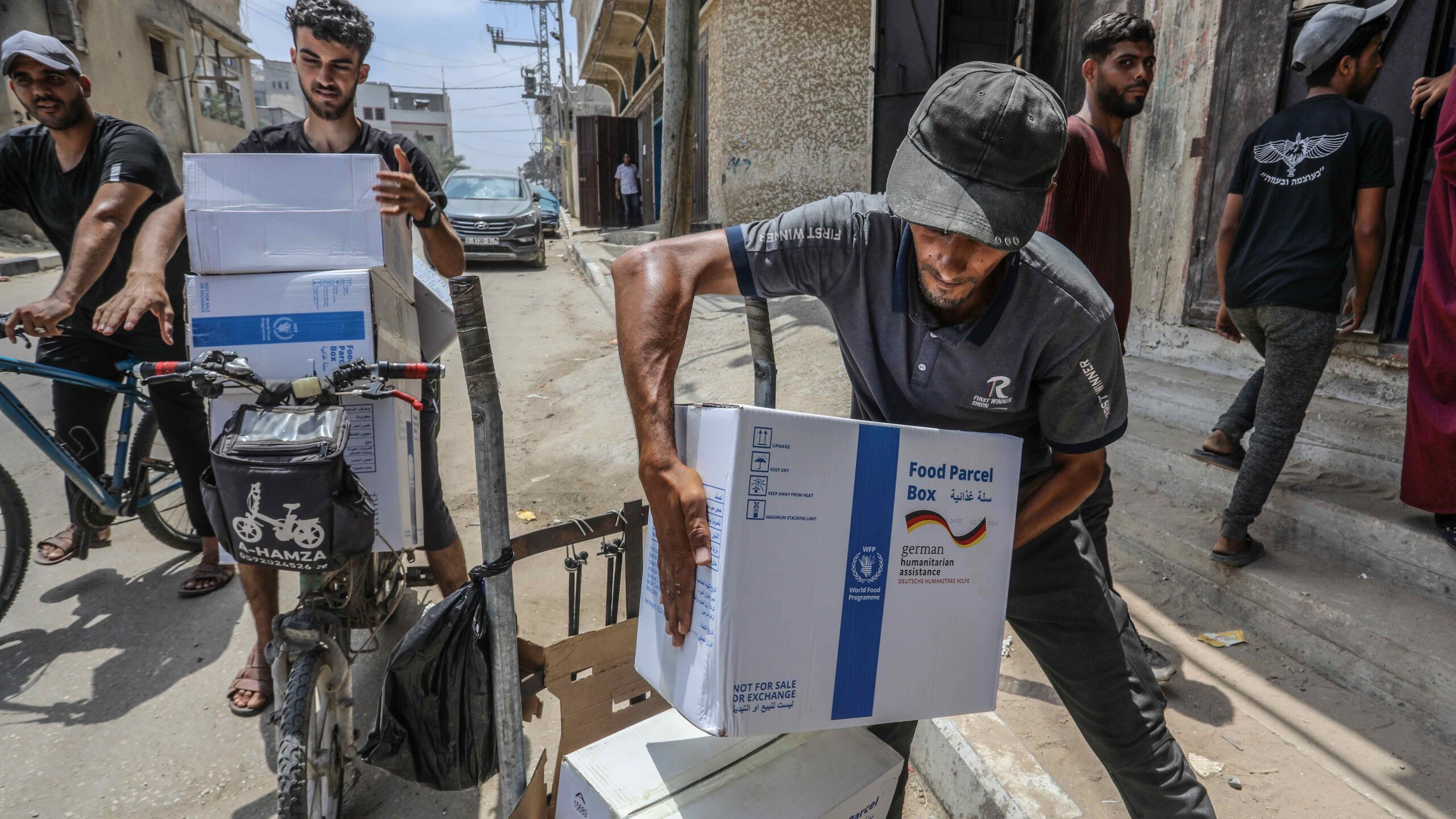Systematic Review of BPAT and CRP Evaluations on Market Segmentation and Target Product Profile Development in CGIAR Breeding Programs
Plant breeding is a very effective way to increase agricultural production and lead to impacts on food and nutrition security as well as improving incomes and livelihoods. The impacts of plant breeding, however, are dependent on the adoption of improved varieties by the target farmers. There is a balance between push and pull approaches to plant breeding. The former deals with developing improved varieties that address major production constraints, and upon release, are promoted and provided to farmers for their approval and adoption. The premise is that higher yielding potential will attract the attention of farmers, and they will choose to adopt the new variety. The latter deals with finding what the market needs and demands, be it the producers, processors and/or consumers. Then varieties are developed to fit that market demand. This is also known as demand-led breeding (Persley & Anthony, 2017). Due to variety adoption levels that have been below expectations (Thiele et al., 2020), there has been a shift in CGIAR breeding programs towards more demand-led-breeding.
The CGIAR Initiative on Market Intelligence (MI Initiative)1 is bringing together a disciplinary team of scientists including breeders, agronomists, pathologists, seed system experts, social and gender scientists, crop and climate modelers along with national agriculture research and extension systems (NARES) from target countries to design and implement a demand-led breeding approach of varietal improvement across CGIAR mandate crops. Although there is a large existing body of work on the traits and varieties farmers prefer, including the differences in trait preferences between men and women, this has not been compiled in a standardized form that can be used for comparative purposes to inform trait prioritization and breeding investments more systematically. Since demand-led breeding involves superimposing consumer and producer-centered thinking on the agroecology-driven breeding programs, this requires substantial efforts in collecting market intelligence data to understand the drivers of variety adoption. Therefore, the MI Initiative is defining strategies for generating and using market intelligence in order to guide decisions on breeding program design.
A central tenet of demand-led breeding programs is the identification of market segments and the definition of the ideal variety for meeting the requirements within each segment. A market segment is defined as a group of farmers with common variety requirements that include production (where and how the crop is grown) and end-user requirements (what the crop is used for)2. This segmentation takes into account the geographical region, agro-ecological zone(s), end use of the crop (fresh product, processed, as feed), color (of seed, grain, or skin and flesh of roots, tubers, vegetables and fruit), production environment, production system (rainfed/irrigated), and maturity. Once the market segments are defined, then varieties are designed to have a set of traits that respond to the needs and preferences of producers, processors and consumers in the specific market segment. The critical traits that must be found in the new product are documented and listed in a TPP (Target Product Profile), with defined levels and thresholds, usually compared to benchmark varieties that are popular in that market segment. The TPP presents also additional traits that are also desirable, and might lead to particular impacts, be it in nutrition, gender equity, adaptation to climate change, or resistance to emerging diseases. These are also part of the TPP and undergo a prioritization process as not all traits might reach the desired levels during the breeding cycle.
Authors
Friedmann, M.; Pede, V.; Polar, Vivian; Rice, Brendan; Webber, H.
Citation
Friedmann, M.; Pede, V.; Polar, V.; Rice, B.; Webber, H. 2024. Systematic Review of BPAT and CRP Evaluations on Market Segmentation and Target Product Profile Development in CGIAR Breeding Programs. 25 p. DOI: 10.4160/cip.2024.10.002
Keywords
Plant Breeding; Market Segmentation
Project
Market Intelligence

